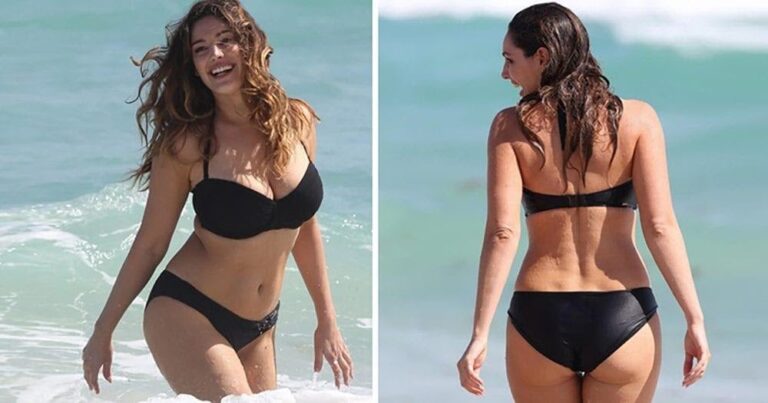Introduction
Beauty standards have evolved over time, with each era embracing different ideals. However, the concept of conforming to societal norms of beauty is questionable. This article explores the changing trends in female beauty standards and examines scientific perspectives on the ideal woman’s body.

Evolution of Beauty Standards
Throughout history, beauty standards have fluctuated. In the 1950s, blonde hair and fair skin, epitomized by Marilyn Monroe, were considered desirable. The 1960s favored slender figures reminiscent of adolescence, while the 1980s celebrated sporty, curvaceous women with toned arms. The 1990s saw a preference for transparent skin and extreme leanness. Since the 2000s, the ideal woman has been portrayed as having large breasts, a sizable butt, an iron-flat stomach, a small waistline, thigh gaps, and flawless skin, exemplified by celebrities like Beyoncé, Kim Kardashian, Kylie Jenner, and Jennifer Lopez.

Conflicting Beauty Standards
Interestingly, while the current trend emphasizes curves, fashion houses and modeling agencies continue to demand tall, extremely thin women with distinct facial features. This dichotomy presents conflicting expectations and pressures for women to conform to unrealistic body standards.

The Scientific Perspective
Researchers from the University of Texas have attempted to define the ideal female figure based on scientific principles. According to their findings, the perfect woman is approximately 1.68 meters tall, with a 99 centimeter breast, 63 cm waist, and 91 cm hips. This translates to a height of 5’5″ with bust, waist, and hip measurements of 38.9, 24.8, and 35.8 inches, respectively. While these measurements may align with societal beauty ideals, it is essential to consider the limitations and subjectivity of such scientific conclusions.

Kelly Brooks: An Exemplar
Model and actress Kelly Ann Parsons, known as Kelly Brooks, aligns with the scientific ideal. Despite facing rejection early in her career for not fitting the prevailing thinness standards, Kelly has become a fashion icon and successfully pursued modeling. Her story challenges the notion that only one body type can be considered beautiful.

Beauty and Fertility
Various studies indicate that men are more attracted to curvier women due to subconscious associations between curviness and fertility. The 99-63-91 body measurements mentioned earlier reflect these supposedly youthful and fertile traits. However, fertility is influenced by numerous factors beyond body type, and beauty standards should not be equated with reproductive capabilities.

Modeling Industry Realities
Jennifer Lee, a fashion expert, suggests that the modeling industry prioritizes the display of clothing over conforming to specific beauty standards. Skinny models are often chosen to ensure the focus remains on the garments rather than their bodies. This highlights the industry’s emphasis on creating a visual narrative that supports the clothes being showcased.
Embracing Diversity
In conclusion, beauty should be celebrated in all its forms, and unrealistic beauty standards should be challenged. Imagine a world where everyone looks the same, devoid of diversity in body types, skin colors, hair colors, or facial features. Such uniformity would be monotonous. Every body type is valuable, and women should embrace their uniqueness and love themselves for who they are, as perfection exists in our individuality.
